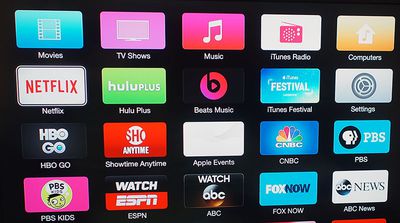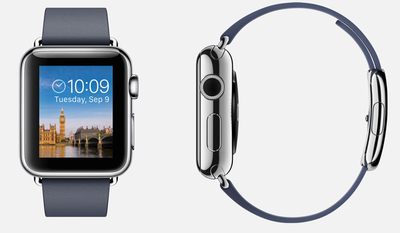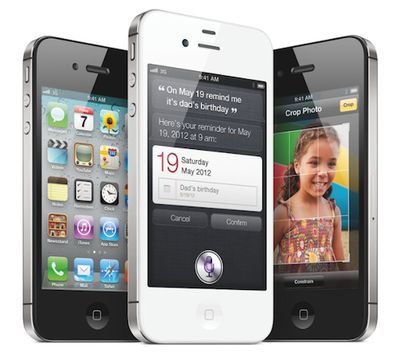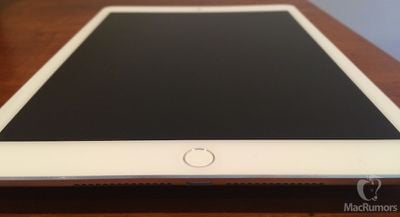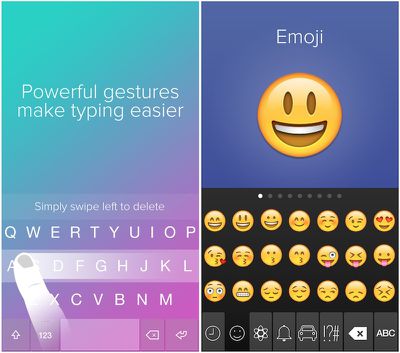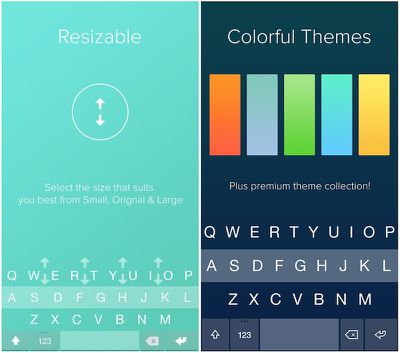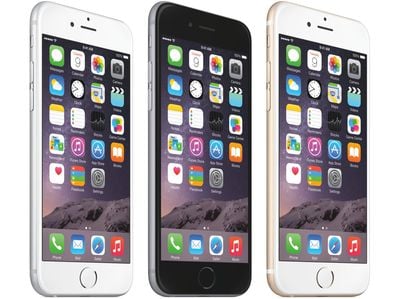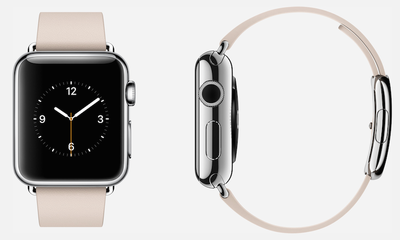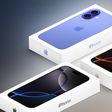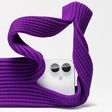Apple has begun updating its own apps for iOS 8, with iMovie and Numbers receiving the first updates. While Numbers simply brings stability, iOS 8 support and iCloud Drive compatibility, iMovie goes a bit further with brand new features like video filters, an extension for the Photos app and more.
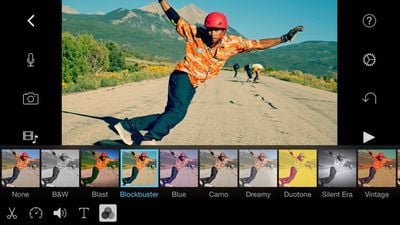
What’s New in Version 2.1
- Support for iOS 8
- Enhance video clips in the Photos app using the iMovie extension
- Choose from 10 Apple-designed filters to stylize a video clip or an entire movie
- Slow down, freeze, or speed up a portion of a clip*
- Save videos and iMovie project files to iCloud Drive
- Send videos to other apps on your iOS device
- Create titles using bi-directional text
- Support for Arabic, Australian English, Hebrew, and Mexican Spanish
* 2x speed-up is available on iPhone 5s, iPad Air, iPad mini with Retina display, and later devices.
The new updates allow amateur filmmakers to exert even more control over their videos, with the ability to enhance videos from directly within the Photos app and apply filters to their videos within iMovie to attain a certain look. Users can also speed up and slow down parts of videos, likely allowing users who didn't shoot in the video camera's slo-mo mode to make those changes.
Additionally, users can also move their footage around easier, using iCloud Drive to move videos and projects around their devices and also allowing other video editing and post-production apps.
Update: Pages has also been updated with iOS 8 support, iCloud Drive compatibility and stability.
Update 2: Multiple users have told MacRumors that iMovie has been pulled from App Stores around the world, likely due to significant reports of the app crashing upon launch.
Update 3: iMovie has returned to the App Store.
iMovie is a universal app that's available for $4.99 [Direct Link]
Numbers is a universal app that's available for $9.99 [Direct Link]
Pages is a universal app that's available for $9.99 [Direct Link]



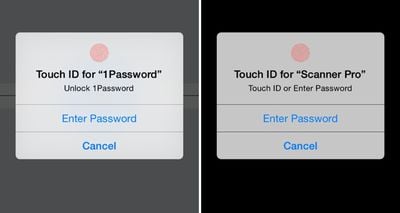

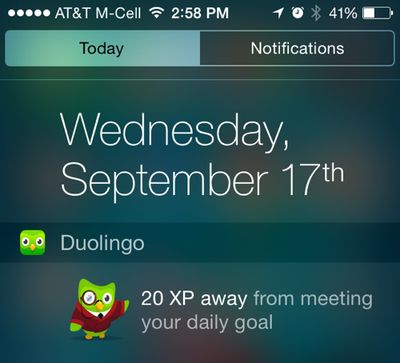
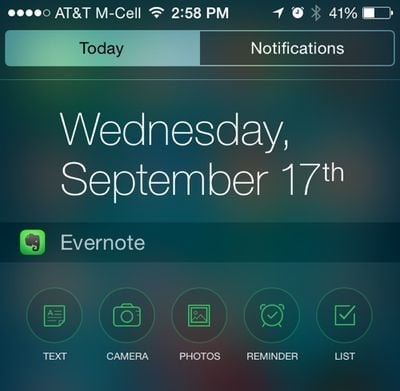
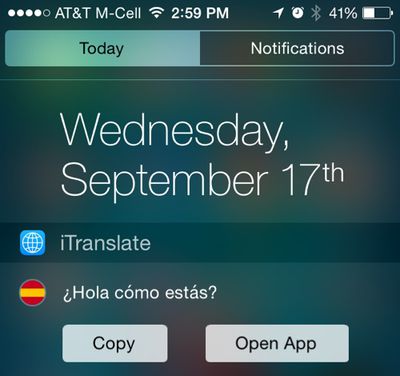

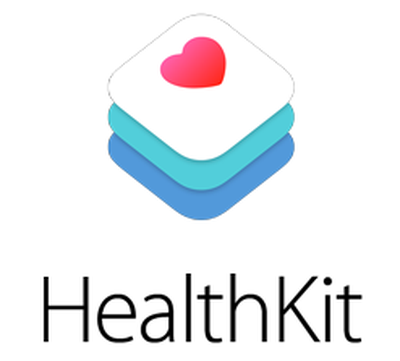 Just before the public launch of iOS 8 earlier today, we
Just before the public launch of iOS 8 earlier today, we 